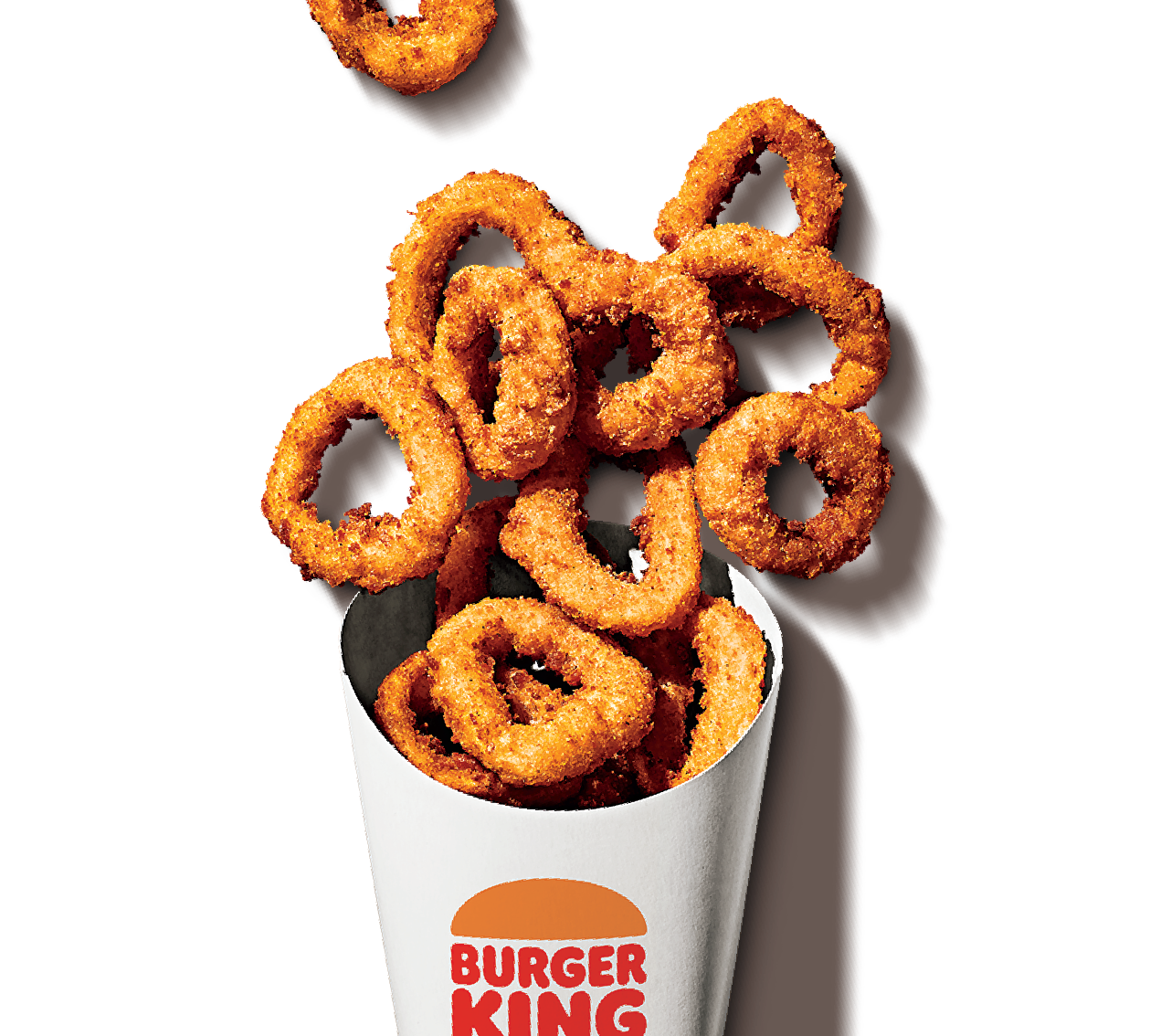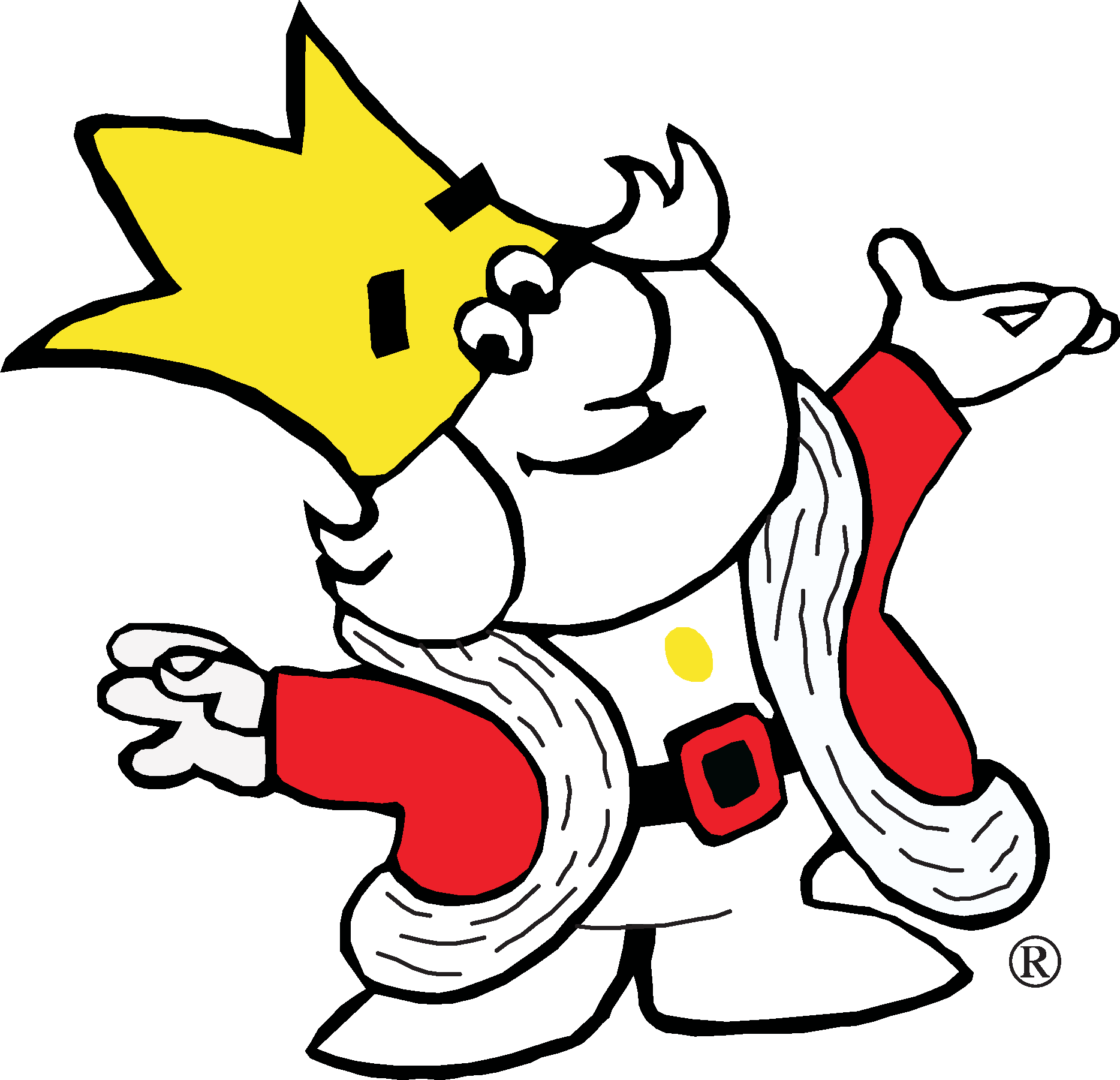It’s hard to miss the viral sensation that took over the internet recently—a man dressed as the Burger King mascot causing quite a stir on a flight from New York to Los Angeles. The incident has captivated audiences worldwide, sparking debates about marketing strategies, airline safety, and the fine line between creativity and chaos. As the story unfolds, it becomes clear that this isn’t just about a man in a costume; it’s a reflection of how brands navigate the ever-evolving landscape of public relations and consumer engagement.
This isn’t some random act of mischief. The Burger King guy on the plane is part of a broader narrative involving bold marketing tactics, social media phenomena, and airline protocol challenges. If you’ve been wondering who this individual is and what his motivations were, you’re not alone. The story behind the man in the mask is as intriguing as the incident itself. From the moment the video hit the web, people couldn’t stop discussing the audacity—or absurdity—of his actions. Let’s delve deeper into the details.
| Full Name | Timmy Thompson |
|---|---|
| Age | 34 |
| Occupation | Marketing Consultant |
| Hometown | Dallas, Texas |
| Claim to Fame | Burger King Guy on the Plane |
| Education | Bachelor's Degree in Marketing |
| Professional Experience | Over a decade in the fast-food industry |
| Notable Clients | Burger King, Taco Bell, Wendy's |
| Reference | Official Burger King Website |
Timmy Thompson, the man behind the mask, is no stranger to making headlines. Born and raised in Dallas, Texas, Thompson developed a knack for unconventional marketing strategies early in his career. His approach to branding has always been bold, often pushing the boundaries of traditional advertising. Known for his work with some of the biggest names in the fast-food industry, Thompson’s reputation precedes him. This latest stunt, however, might just be his most daring yet. By stepping into the role of the Burger King mascot, Thompson managed to turn a routine flight into a global talking point.
- Emily Compagno The Rising Star In Media And Politics
- Subhashree Bathroom Video The Controversy Facts And Impact On Social Media
The incident occurred during a domestic flight from New York to Los Angeles. Dressed as the iconic Burger King character, Thompson walked up and down the aisles handing out free burgers to passengers. While some found the act amusing, others were less entertained, especially when the flight crew intervened, citing safety concerns. The situation escalated quickly, leading to the evacuation of the plane and Thompson’s removal by airport security. The entire ordeal was captured on video and shared widely across social media platforms, igniting a frenzy of reactions.
Was this all part of a meticulously planned marketing campaign? Many industry insiders believe so. Burger King has a history of executing audacious stunts to grab attention. Consider their past campaigns, such as offering free Whoppers to users who unfriended Facebook friends or their famous “King Swap” ad where they exchanged their logo with McDonald’s. Each of these moves was designed to provoke conversation and engagement, much like the plane incident. Some experts argue that the stunt was a stroke of genius, leveraging controversy to amplify brand visibility. Others, however, question the ethics of exploiting airline safety for promotional purposes.
Airlines were not amused by the disruption caused by Thompson’s antics. The incident led to significant delays, leaving passengers frustrated and airline staff scrambling to manage the situation. Several airlines issued stern statements condemning the behavior, emphasizing the importance of adhering to safety protocols. One spokesperson remarked, “We prioritize the safety of our passengers above everything else. Any disruption to our operations is unacceptable.” Despite this, some industry leaders acknowledged the incident’s value in highlighting areas for improvement in crisis management and communication.
- Mothers Warmth 3 Jackerman A Heartwarming Journey Into The World Of Care And Connection
- Why Ullu Web Series Online Is Revolutionizing Indian Digital Entertainment
Social media platforms erupted with reactions to the video. Within hours, it garnered millions of views, spawning countless memes, parodies, and fan art. The internet community was divided—some lauding Thompson’s audacity, others criticizing the potential dangers of encouraging disruptive behavior on flights. The conversation extended beyond the incident itself, sparking discussions about the role of marketing in shaping public perception and the ethical implications of such stunts. Critics called for stricter regulations, while supporters celebrated the creativity and boldness behind the move.
It’s important to remember that Burger King is not just a mascot but a global fast-food giant founded in 1953. Known for its flame-grilled burgers and innovative marketing strategies, the brand has consistently adapted to changing consumer preferences. Over the years, they’ve rebranded multiple times, experimenting with everything from logo redesigns to plant-based menu options. While Thompson may have become the face of this particular stunt, the company’s legacy of daring campaigns continues to evolve. The challenge for Burger King now lies in balancing innovation with responsibility, ensuring that future initiatives resonate positively with their audience.
The impact of the incident on Burger King’s brand image is undeniable. On one hand, it generated massive exposure, thrusting the company back into the spotlight. On the other, it raised questions about their values and priorities. Public opinion remains divided—some commend the brand for its willingness to take risks, while others express concerns about the potential consequences of such stunts. For Burger King, navigating this delicate balance will be crucial in maintaining its reputation as a leader in the fast-food industry.
Legal implications could also arise from the incident. Airlines may pursue legal action against Thompson for causing a disruption, while Burger King could face scrutiny for potentially encouraging unsafe behavior. Experts point out that airlines have stringent rules regarding passenger conduct, and violations can lead to significant penalties. At the same time, the company’s involvement raises questions about corporate responsibility and accountability. The legal landscape remains uncertain, but the incident has undoubtedly ignited a renewed debate over marketing ethics.
With his newfound fame, Thompson is already plotting his next move. In a recent interview, he revealed plans to write a book chronicling his experiences as the Burger King guy on the plane. He also hinted at potential collaborations with other brands, signaling a promising future in the world of marketing. When asked if he regretted the incident, Thompson responded, “Not at all. I believe in challenging norms and pushing boundaries. If people are talking about it, then we’re doing something right.” While the future remains uncertain, one thing is clear—Thompson intends to keep making waves.
The Burger King guy on the plane incident serves as a microcosm of the current state of marketing and public relations. In an era where social media amplifies every action, brands must tread carefully yet boldly. The story highlights the complexities of modern advertising, where creativity and controversy often walk hand in hand. As the world continues to grapple with the implications of this stunt, one thing remains certain: the line between genius and chaos is thinner than ever.
Connections to other high-profile marketing campaigns abound. Consider Nike’s decision to feature Colin Kaepernick in their ads, sparking both praise and backlash. Or Pepsi’s infamous Kendall Jenner commercial, which faced widespread criticism for trivializing social justice movements. Each of these examples illustrates the power—and peril—of daring marketing strategies. In a world increasingly driven by viral content, brands must weigh the risks and rewards of pushing boundaries. The Burger King guy on the plane incident is merely the latest chapter in this ongoing narrative, reminding us that sometimes the wildest ideas are the ones that stick.
Ultimately, the story of Timmy Thompson and the Burger King mascot on the plane is more than just an amusing anecdote. It’s a reflection of the evolving dynamics between brands, consumers, and society at large. As we move forward, it will be fascinating to see how companies like Burger King continue to innovate while respecting the needs and expectations of their audience. For now, the incident remains a testament to the power of bold ideas and the impact they can have on the world around us.
- Ullu Web Series Online Watch Your Ultimate Destination For Edgy Entertainment
- Sadie Mckenna Nude Leaked Unveiling The Truth Behind The Controversy


